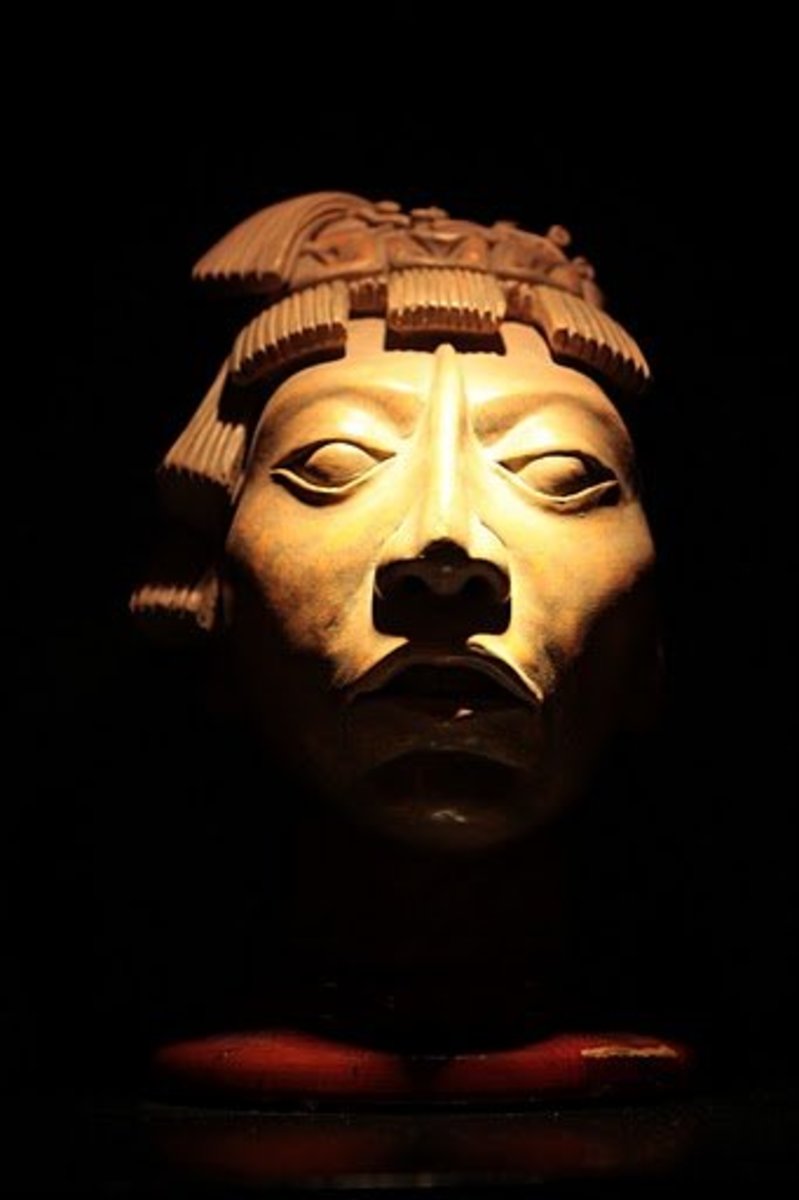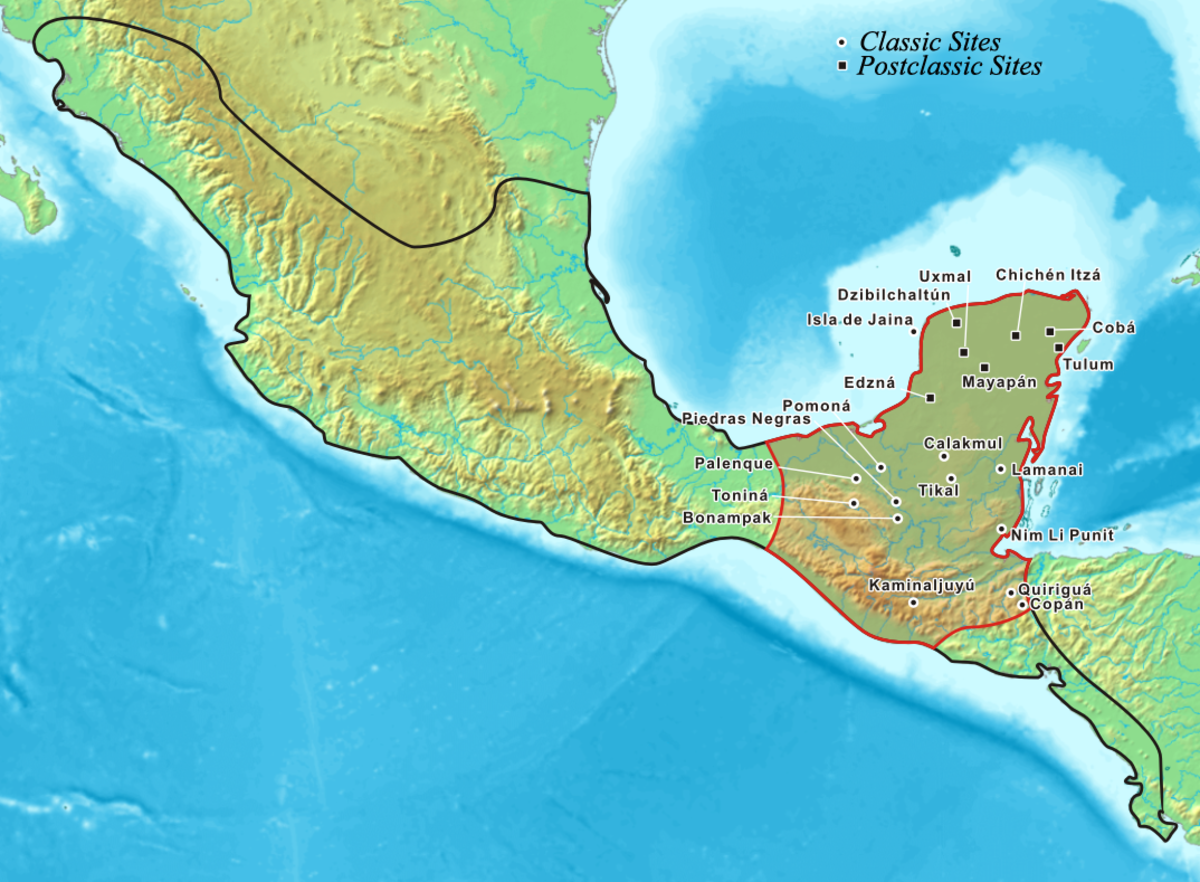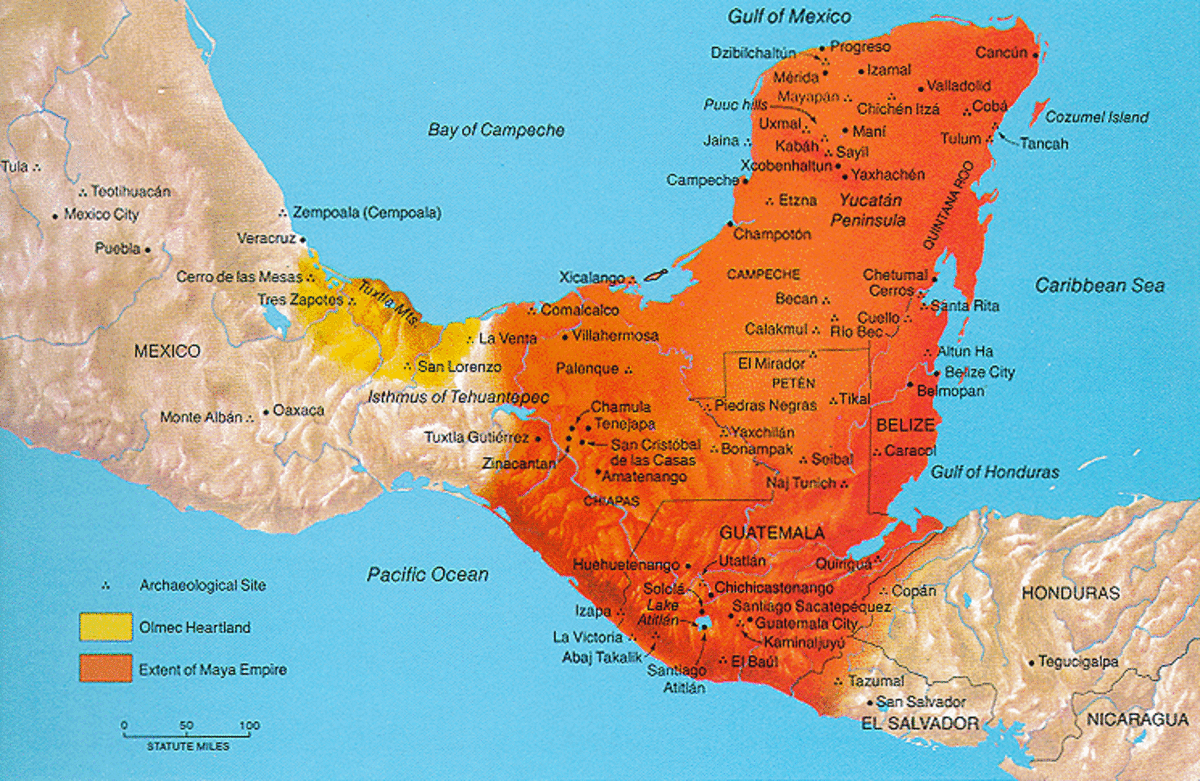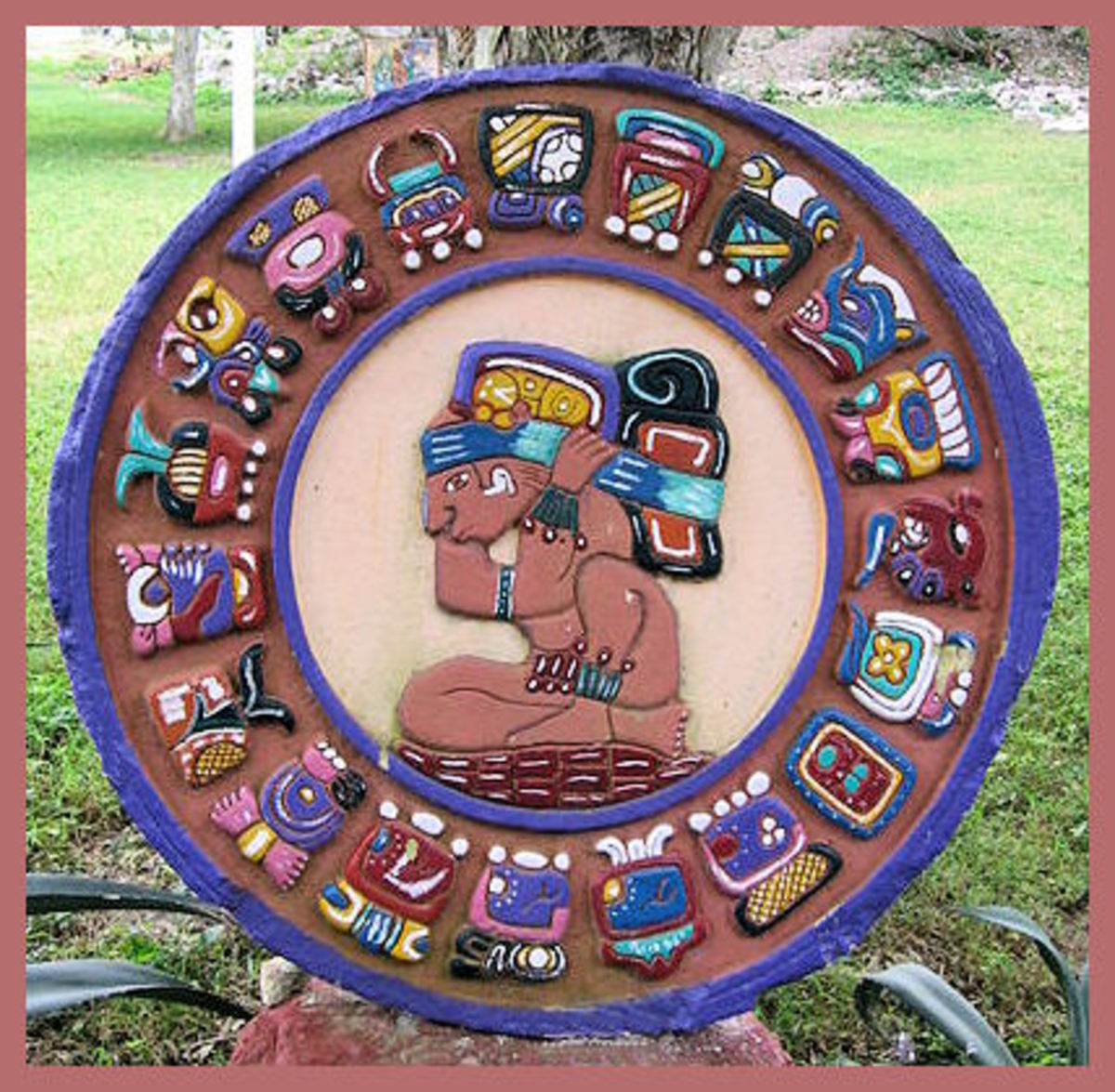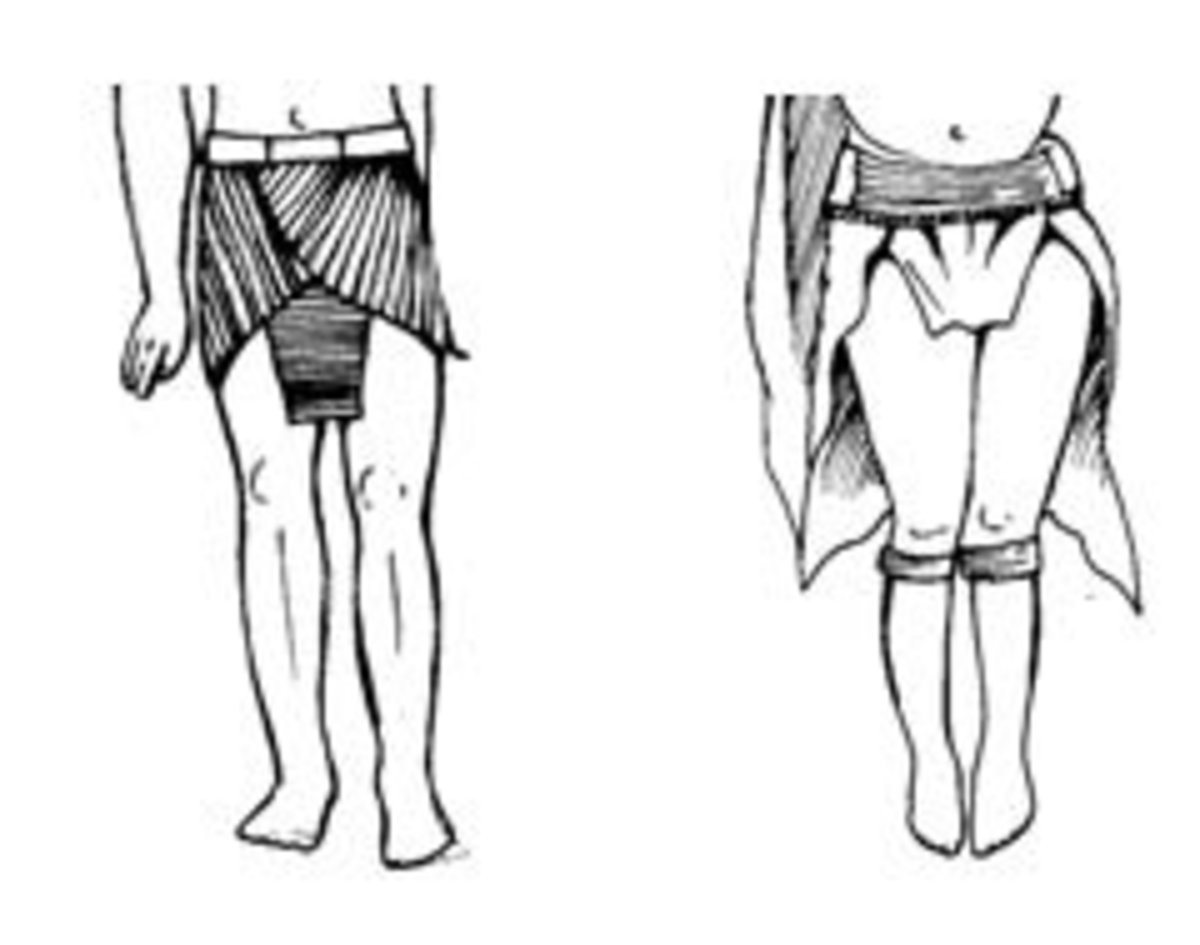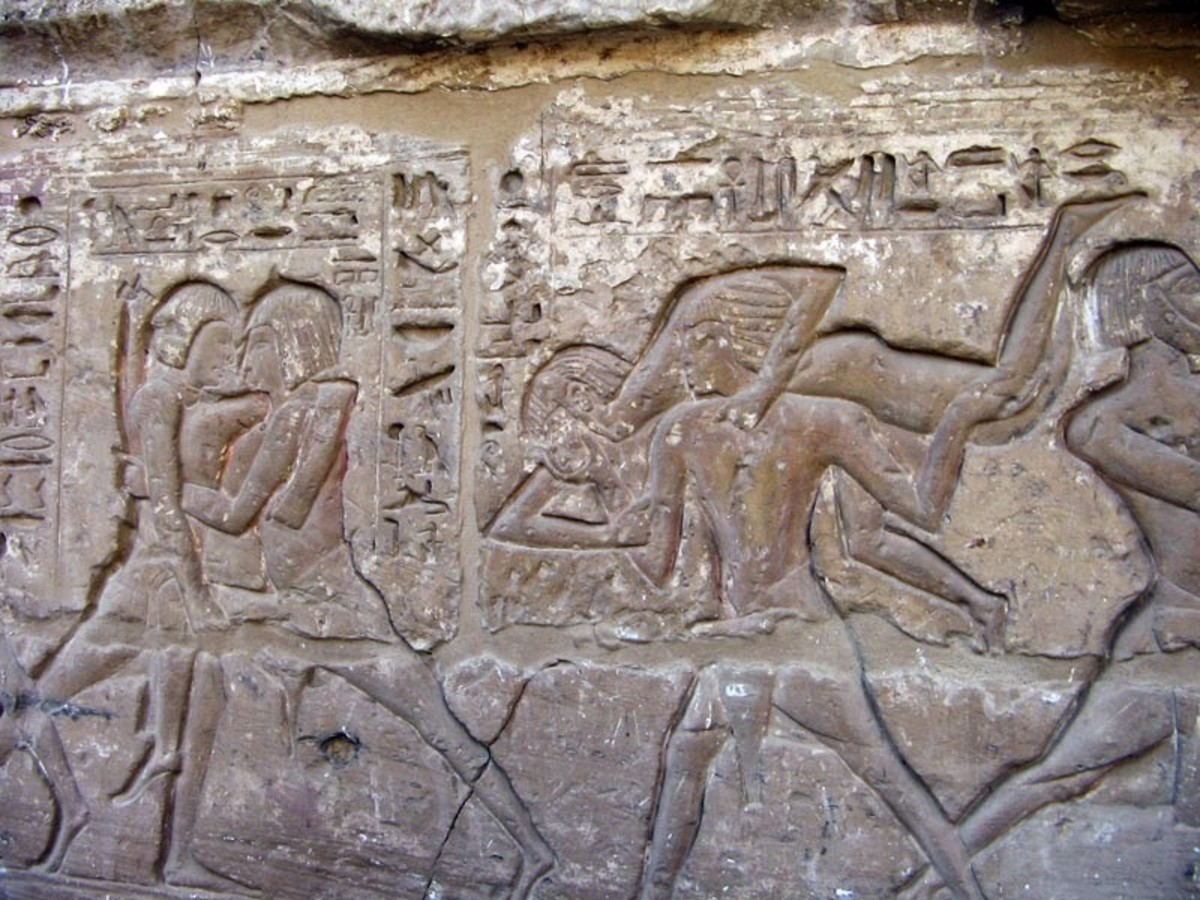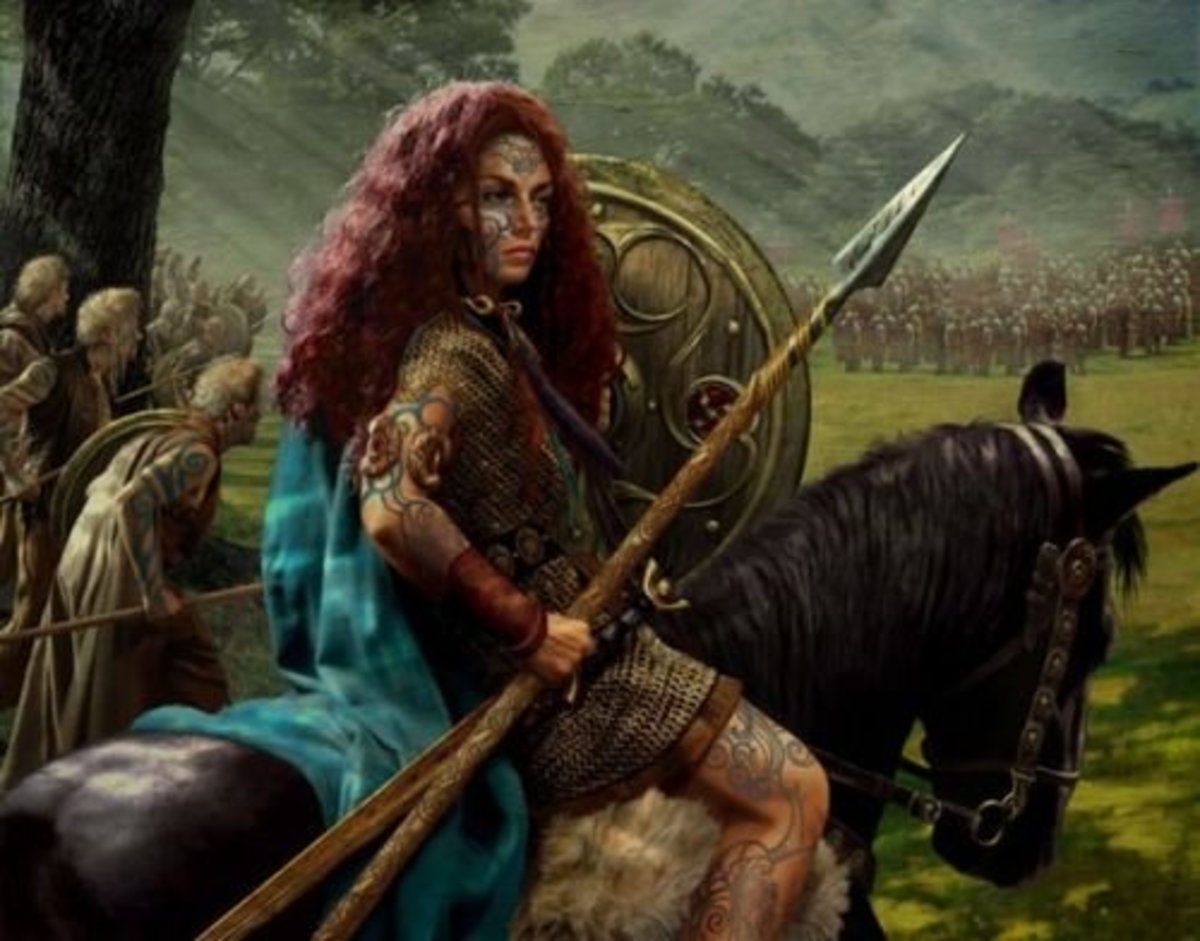Did Indians Know Mayans in the Distant Past ?
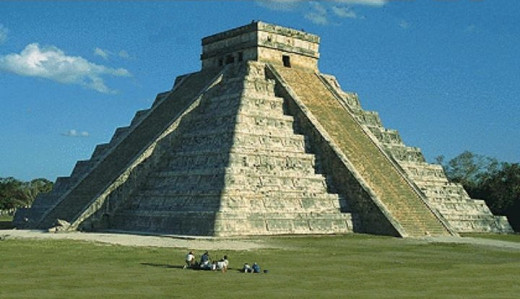
This is the second in the series of Mesoamerican history and mythology. In this article, I have made an attempt to see if the Mayan civilization had any connections with India and other eastern civilizations in the distant past.
Who were the Mayans
Mayans were the people of a Mesoamerican civilization called Maya. It is one of the ancient American civilizations. Though there is no common consensus as to when the civilization came into existence, common belief is that it was established in the pre-classic period (2,500 BC - 200 AD) and existed till it was almost destroyed by the Spanish conquistadors. There are still pockets of Mayan communities found across Mexico and Central America. The civilization is known to have reached the heights of glory during the classical period (200 – 900 AD). The civilization constituted of geographical areas such Tabasco and Chiapas in Southern Mexico, Yucatan peninsula states of Yucatan and Quintana Roo, and present day areas of Guatemala, western Honduras and northern El Salvador.
Mayans were known for their art, mathematics, fully developed written language and most importantly, architecture and astronomical systems. Who can ever forget the famous Mayan calendar that accurately depicted the end of an era on 23rd December 2012 (though it never meant the end of the world)? The Mayans built world-class monuments and the step pyramids.
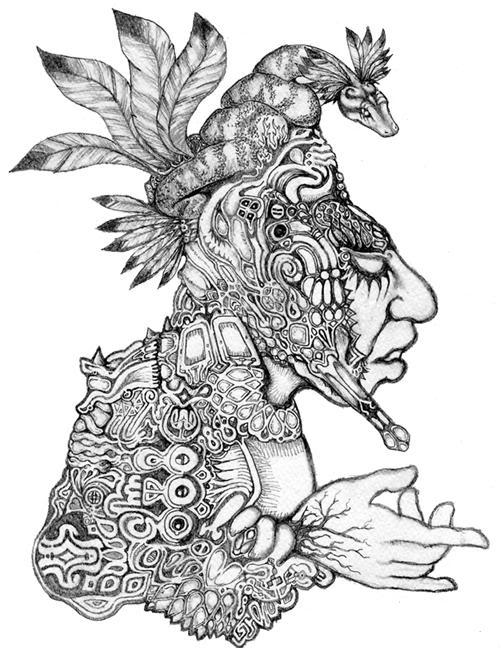
Did Indians know Mayans??
Not only the scriptures of Mayans seem to be in coherence with Vedic scriptures, but several artefacts and drawings found during excavations seem to be pointing towards a possible connection with India in the distant past. Let us see some possible connections.
1) The Mayan people were known to be expert builders and architects. Their stepped pyramids are a symbol of their exceptional construction capabilities. Indian scriptures talk about “Maya”, an expert architect who was often invited to help in constructing important buildings for the gods and the Vedic people.
2) Mayan architects are mentioned in Mahabharata. Arjuna, a demigod in Indian mythology is known to have married a Naga princess. He was also known to have been friends with Maya, an expert architect. Interestingly, Mayan texts depict an unknown fierce warrior who came from the east and was ambidextrous. Arjuna in Hindu texts was known to be an extremely skilled warrior and have visited various regions of earth.
3) Indian scriptures talk about 7 regions on earth which are used to denote the seven continents. They referred to South America as 'Patala' and North America as 'Mahatala'. Both were very important western regions during the Vedic period. Patala and Mahatala were known to be full of 'nagas' or serpeant worshipers. The pre-Mayan and Mayan civilization extended across Southern Mexico, Northern and Central America. The chief Mayan god was 'Kukulkan' which meant 'feathered serpent'.
4) Guatemala, an important region in the Mayan civilization was often depicted as 'Ketumala' in Hindu scriptures. Some people have argued that the Yucatan region which was the centre of Mayans actually could have been derived from the word 'Yakhustan', where the 'Yakshas', a particular race of Indian deities settled.
5) Certain historians argue that the etymology of the pre-classical Mayan civilization (the Mesoamerican civilizations before Incas, Mayans, Aztec and Toltec) was derived from Sanskrit names.
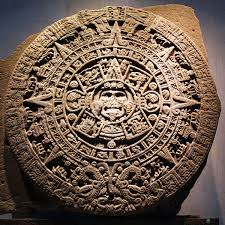
6) There are stark similarities found between Mayan petroglyphs and Indian mythology. For example, Kurmavatara (the second incarnation of Vishnu as a sea turtle during the churning of divine elixir) in Hindu mythology is found in Mayan documents. Motifs of lotus, sea goat, elephant and the sort which were important symbols in Vedic India and Buddhism were found here.
7) The Mayan calendar is known to have begun around 3,112 BC, approximately the same time around which 'Kaliyuga' (3102 BC) according Hindu texts and Bronze Age (3000 BC) are known to have begun.
8) Varaha Mihira, an Indian astronomer who lived in 6th century CE was known to have compiled surviving texts of ancient astronomical systems, where the difference between the time zones was mentioned. When it was afternoon in India, it would be midnight in the land of Nagas and asuras.
9) The texts also say that while the devas (Greek~ Deus, Indian~ gods) followed a Jupiter based calendar, the asuras/danavs (Greek~ Danao, Persian~ ahuras) followed a Venus based calendar. It is interesting to note that Mayan calendar is indeed based on Venus cycles as seen from the Dresden Codex. On similar lines, it is also interesting to note that the chief teacher of asuras was Shukra (Venus) while the chief teacher of the devas was Brihaspati (Jupiter).
10) It is also very interesting to note that Naga tribes in North East India and the surviving Mayans have similar Mongoloid features. Certain experts opine that the Mayans had their roots in India and their chief gods were Yakshas (refer to point 4). They were then driven off to Ceylon (modern day Sri Lanka) by enemy factions and later taken to South America led by the Yakshas and Kubera (the leader of Yakshas), where they populated. Sri Lanka, Australia and the Americas were connected by a huge land mass thousands of years ago. The land mass then sank due to melting ice caps.
These are just few extracts from ancient texts. While this does not prove the connection between the two civilizations in the distant past, it definitely makes a very strong case for a possible connection between them in ancient times.

